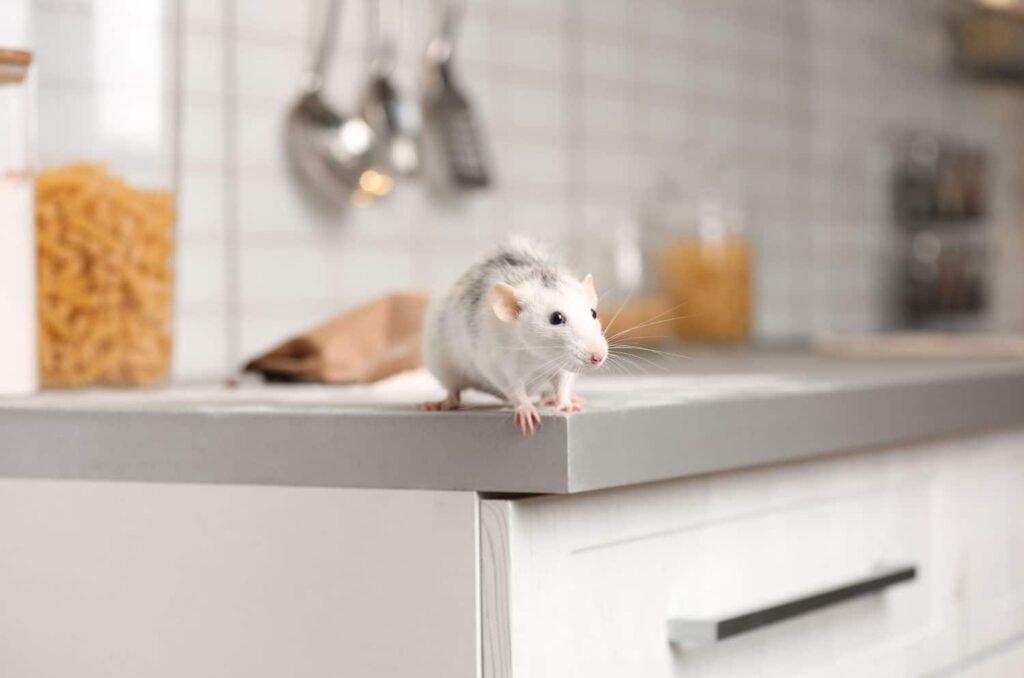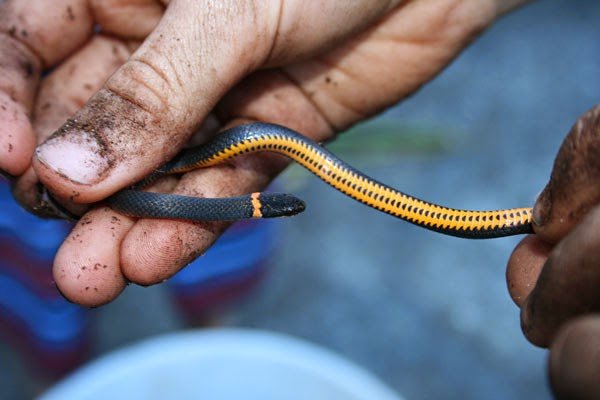In this article, we will explore safe and humane ways to remove a live rat that has been caught in a trap. You will learn techniques and tips that prioritize the well-being of the rat while ensuring your own safety. We will discuss methods such as releasing the rat outdoors in a suitable location or seeking assistance from professional pest control services. By following these guidelines, you can handle the situation in a safe and compassionate manner.
Understanding the Situation
When you find yourself in the situation of having caught a live rat in a trap, it is important to approach the situation with caution and prioritize the safety of both yourself and the animal. Understanding the situation and the behavior of the rat will help you navigate the removal process effectively.
Assess the trap
Take a moment to assess the trap and observe the rat inside. Make sure you understand how the trap is designed to work and how it is currently being utilized. This will help you determine the best course of action for safely removing the rat.
Identify the type of trap
Different types of traps may require different methods of removal. Whether you are dealing with a snap trap, a glue trap, or a live catch trap, it is crucial to know the specific instructions and precautions associated with each type. This will ensure that you handle the trap correctly and avoid any unnecessary harm to the rat or yourself.
Observe the rat’s behavior
Before attempting to approach the rat, take a moment to observe its behavior. Is it calm and docile, or is it displaying signs of aggression or distress? This information will help you gauge the rat’s state of mind and adjust your approach accordingly.
Ensuring Your Safety
Before you begin the removal process, it is essential to prioritize your safety. Taking necessary precautions will help prevent any potential accidents or injuries during the handling of the live rat.
Wear gloves
To protect yourself from any potential diseases or bites, it is important to wear gloves while handling the rat and the trap. Choose gloves that are thick enough to prevent sharp teeth from piercing through and opt for disposable gloves for easy disposal after use.
Put on protective clothing
In addition to gloves, consider wearing long-sleeved shirts and pants to provide an extra layer of protection. This will minimize the risk of scratches or bites that may occur during the removal process.
Use a face mask
Using a face mask is particularly important if you suspect the rat may carry any airborne pathogens. A mask will help filter out potential allergens and pathogens, providing an additional layer of protection for your respiratory system.
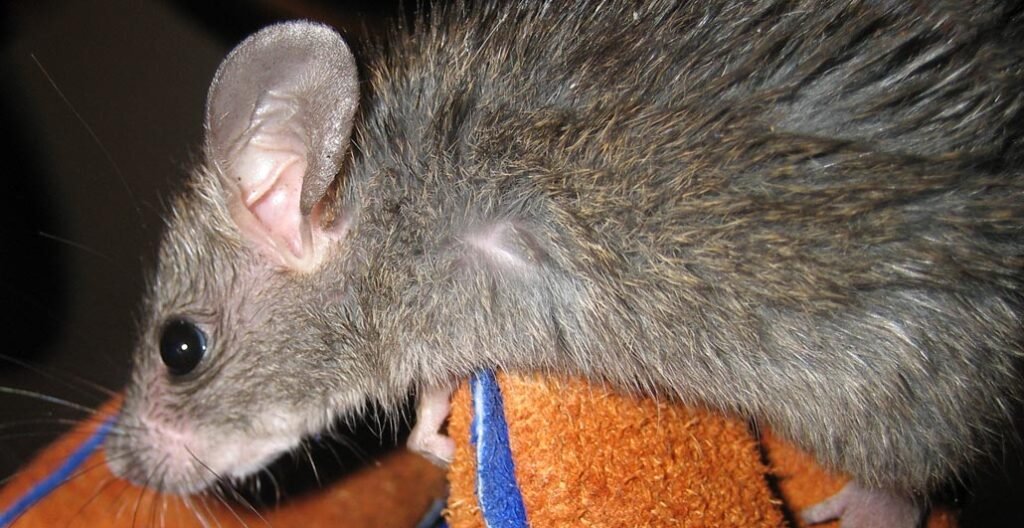

Creating a Safe Environment
Creating a safe environment is crucial during the removal process. This will not only ensure the safety of those involved but also contribute to a smooth and stress-free removal experience for the rat.
Clear the area around the trap
Remove any items or debris that may obstruct your path or hinder your ability to safely handle the trap. Clearing the area will give you more maneuvering space and prevent any potential accidents.
Remove any potential obstacles
Scan the surrounding area for any potential obstacles that may startle or hinder the rat during its release. Ensure that there are no sharp objects, wires, or other hazards that could cause harm to the rat as it makes its way to freedom.
Prepare a secure container for relocation
Before releasing the rat, prepare a secure container that is appropriate for relocation. This could be a sturdy cardboard box or a cage specifically designed for handling live animals. The container should be large enough for the rat to move comfortably while also secure enough to prevent any escape during transportation.
Approaching the Rat
Approaching the rat in a calm and gentle manner is crucial for a successful and safe removal. Sudden movements or loud noises may startle the rat and potentially lead to injuries or unsuccessful release attempts.
Move slowly and calmly
Approach the trap and the rat slowly and calmly. Sudden movements may cause the rat to become frightened or defensive, making the removal more difficult. Slowly reaching for the trap’s release or door will help minimize the rat’s stress and increase the chances of a successful release.
Avoid sudden movements or loud noises
As you approach the rat, avoid making sudden movements or creating loud noises that may startle it. Speak softly and refrain from any sudden gestures that may agitate the rat. Being patient and gentle will help create a less stressful environment for both you and the rat.
Keep children and pets at a safe distance
During the removal process, it is important to keep children and other pets at a safe distance from the handling area. This will prevent any accidental interactions or injuries. Educate and inform others in your household about the ongoing process to ensure everyone’s safety.
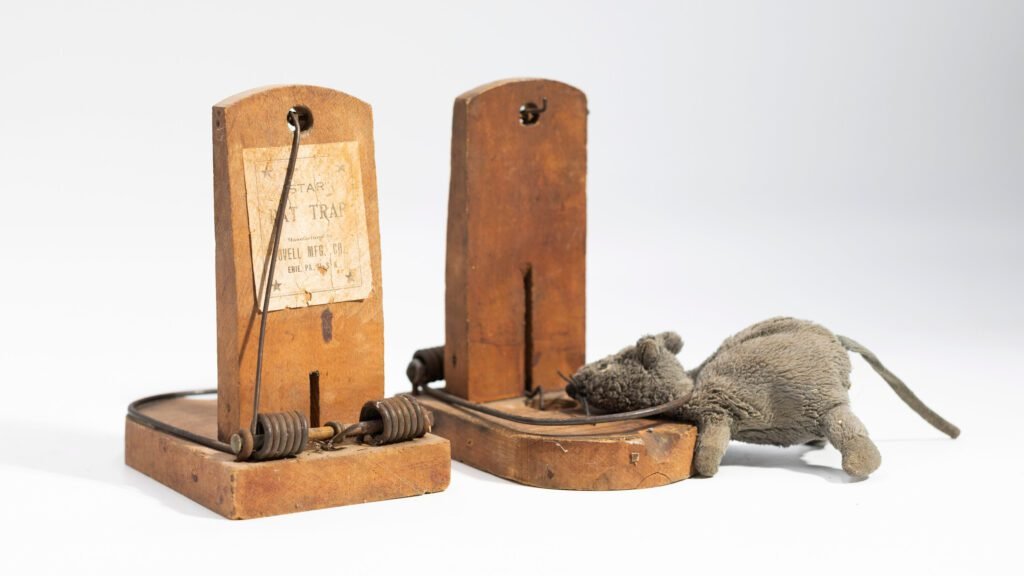

Releasing the Rat
Releasing the rat back into its natural habitat is the ultimate goal of a humane removal. By carefully following the steps below, you can ensure a smooth and successful release without causing any harm or distress to the rat.
Open the trap’s door or release mechanism
Once you have approached the rat and the trap, carefully open the trap’s door or release mechanism. Take your time to ensure that the opening is wide enough for the rat to comfortably exit.
Step back and allow the rat to leave on its own
After opening the trap, step back and give the rat some space. It is important to allow the rat to leave the trap on its own terms and at its own pace. Forcing or startling the rat may cause it to retreat further into the trap or become more aggressive.
Do not engage or frighten the rat
Resist the temptation to engage with the rat or try to shoo it out of the trap. This may increase the rat’s stress levels and hinder the release process. Remember, the goal is to allow the rat to leave the trap voluntarily and without any additional distress.
Taking Precautions
After successfully releasing the rat, it is important to take precautions to ensure that both you and your environment remain safe and free from potential harm.
Wash your hands thoroughly
After handling the trap and the rat, wash your hands thoroughly with soap and warm water. This will help remove any potential pathogens or contaminants that may have come into contact with your skin.
Disinfect the trap and surrounding area
To maintain a hygienic environment and prevent future infestations, disinfect the trap and the surrounding area. Use a suitable disinfectant that is safe for both humans and animals. Pay particular attention to any areas the rat may have come into contact with.
Dispose of any contaminated materials properly
Properly dispose of any gloves, clothing, or other materials that may have come into contact with the rat or its waste. Seal them in a plastic bag and dispose of them in a designated trash bin. This will prevent any potential spread of diseases or contamination.
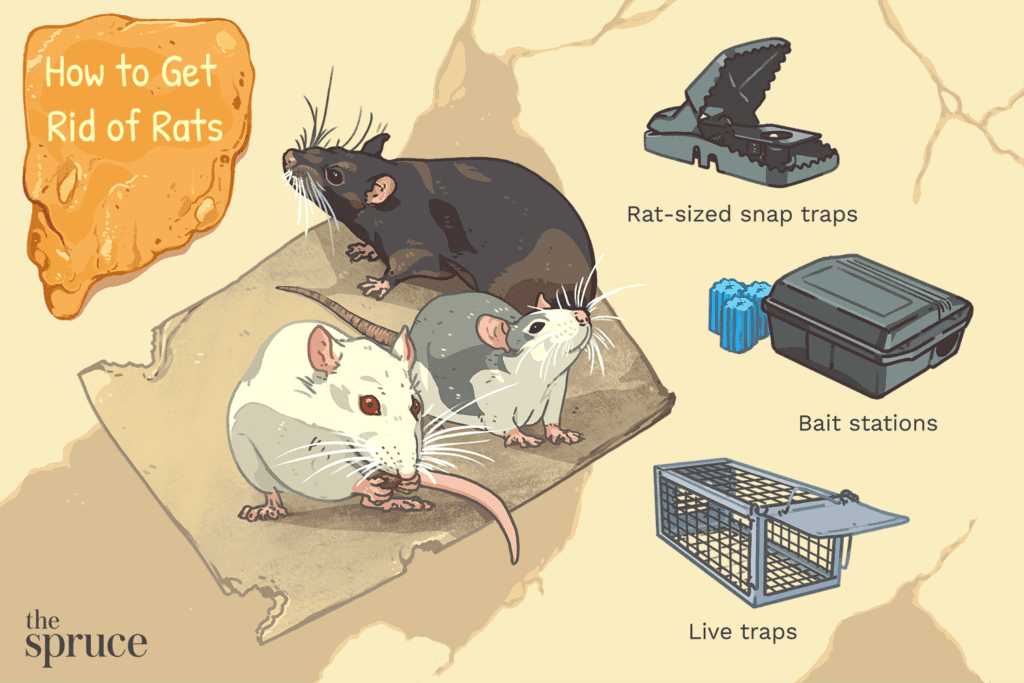

Preventing Future Infestations
Taking preventive measures is essential to avoid future rat infestations in your home or property. By following these guidelines, you can minimize the chances of rats or other pests returning.
Seal off entry points
Identify and seal off any possible entry points that rats may use to enter your property. This may include gaps or cracks in walls, doors, or windows. By blocking these access points, you can significantly reduce the likelihood of rats finding their way back in.
Eliminate food and water sources
Make sure to eliminate any potential food and water sources that may attract rats. Keep all food stored in airtight containers, promptly clean up any spills or crumbs, and fix any leaks or standing water areas. Removing these temptations will discourage rats from seeking shelter in your space.
Install wire mesh or screens to keep rats out
For added protection, consider installing wire mesh or screens over ventilation openings, chimneys, or other potential rat entry points. This will help keep rats out while allowing proper airflow and ventilation.
Seeking Professional Help
In some cases, dealing with a live rat caught in a trap may require the assistance of professionals. If you are unsure about handling the situation or face recurring infestations, it is advisable to seek the expertise of pest control experts or wildlife removal services.
Consult a pest control expert
Professional pest control experts have the necessary knowledge and tools to deal with rat infestations effectively. They can assess the situation, provide advice, and recommend appropriate methods for removal and prevention.
Consider hiring a wildlife removal service
If you prefer a hands-off approach or if you are dealing with a more complex infestation, hiring a wildlife removal service may be the best option. These professionals specialize in safely removing and relocating wild animals, including rats, while minimizing harm to both the animals and the environment.
Follow local regulations and guidelines
When seeking professional help, make sure to comply with any local regulations and guidelines regarding the removal of pests or wildlife. This will ensure that the removal process is carried out ethically and legally.


Educating Yourself
Empowering yourself with knowledge about rat behavior, humane trapping methods, and the importance of population control is essential in effectively dealing with rat infestations in a safe and humane manner.
Learn about rat behavior and habits
Understanding rat behavior and habits can help you take appropriate preventive measures and make informed decisions regarding the removal process. Educate yourself about their nesting patterns, feeding habits, and potential hiding spots to effectively address the infestation.
Explore alternative humane trapping methods
In addition to traditional traps, there are alternative humane trapping methods available. These include live catch traps that allow for safe removal and relocation of rats without causing harm. Explore these options and choose the method that aligns with your values and local regulations.
Understand the importance of rat population control
While it is important to handle rat infestations humanely, it is equally vital to understand the significance of rat population control. Rats can quickly reproduce, leading to larger infestations and potential health risks. By responsibly managing the rat population, you can contribute to a safer living environment for all.
Conclusion
Dealing with a live rat caught in a trap can be a delicate process that requires patience, caution, and empathy. By following these safe and humane removal tips, you can effectively handle the situation without causing harm to the animal or endangering yourself or others.
Remember to prioritize safety at all times, taking necessary precautions such as wearing gloves, using protective clothing, and creating a safe environment. Prevention and education play key roles in minimizing rat infestations and promoting a safe living environment. By sealing off entry points, eliminating food and water sources, and understanding the behavior of rats, you can significantly reduce the chances of future infestations.
In some cases, seeking professional help may be necessary, especially for recurring infestations or complex situations. Pest control experts and wildlife removal services can provide the expertise needed to address the issue effectively and ethically.
By adopting a friendly and empathetic approach when dealing with live rats and prioritizing their well-being, you can create a humane coexistence while safeguarding your home and loved ones. Remember, prevention, education, and responsible rat population control are essential in promoting a safe and harmonious living environment for all.
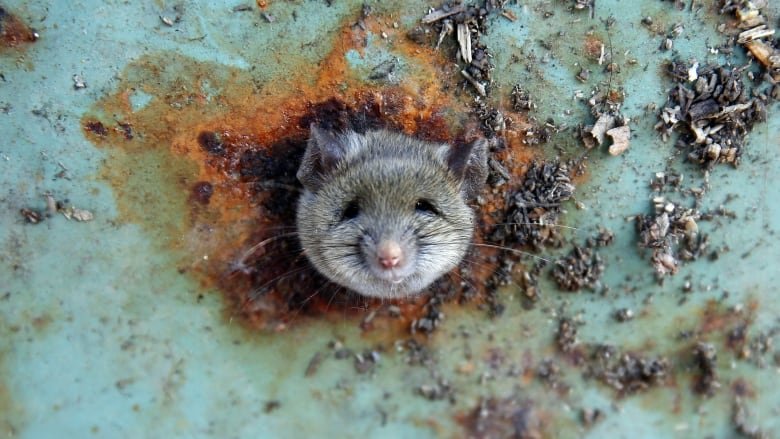

Your Expert in Animal Control and Extermination. Trust our experience for humane, effective pest management, protecting your property and ensuring peace of mind with Michael S.


